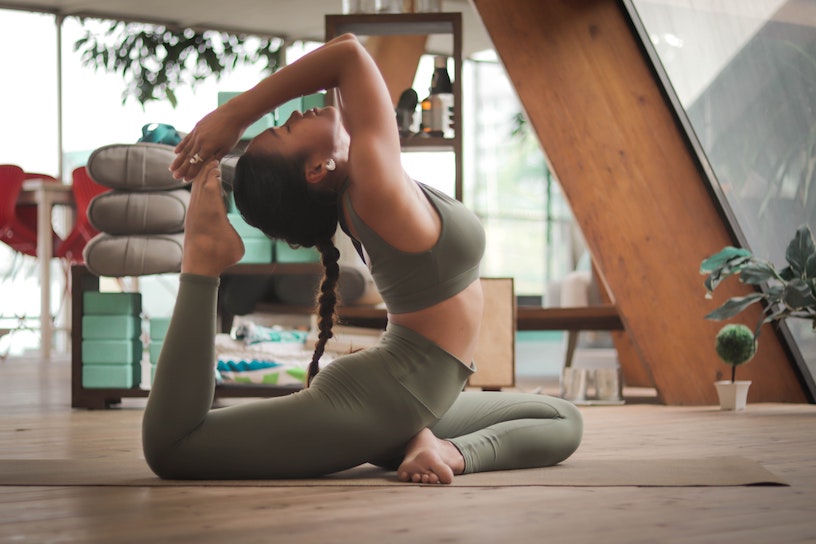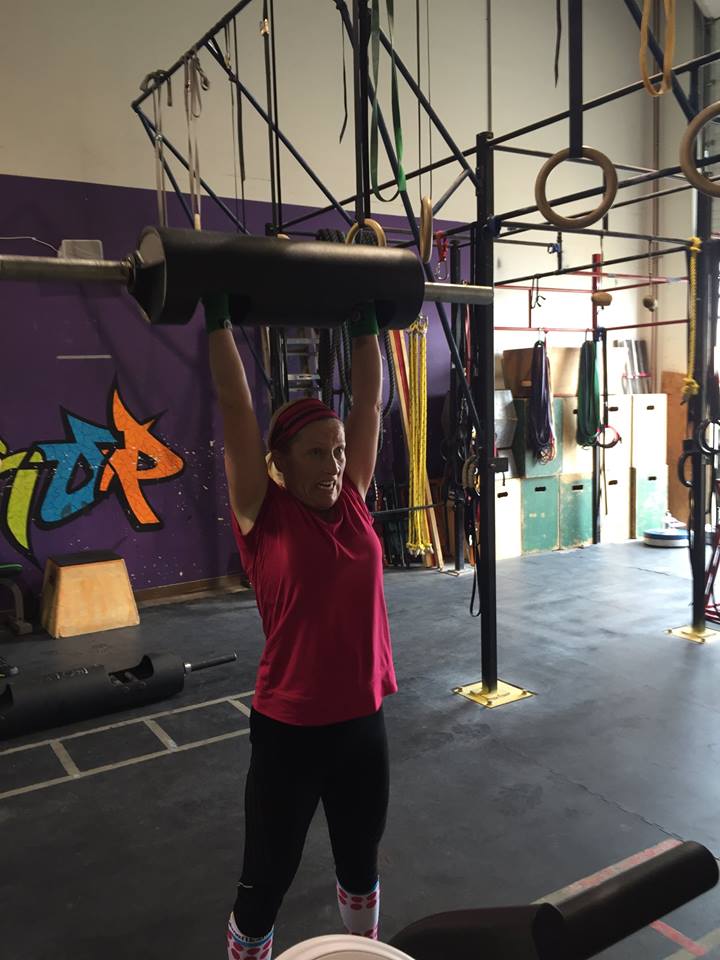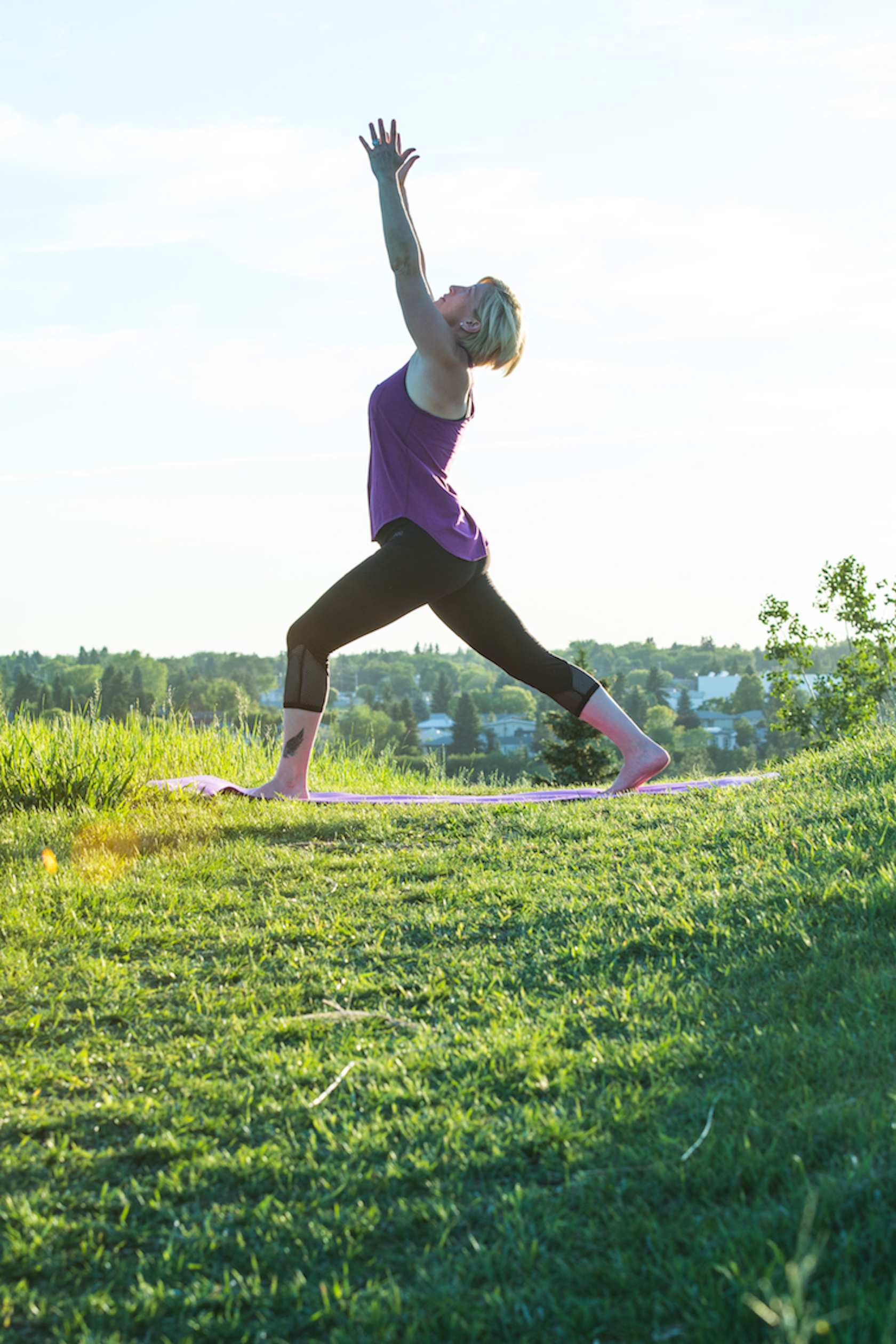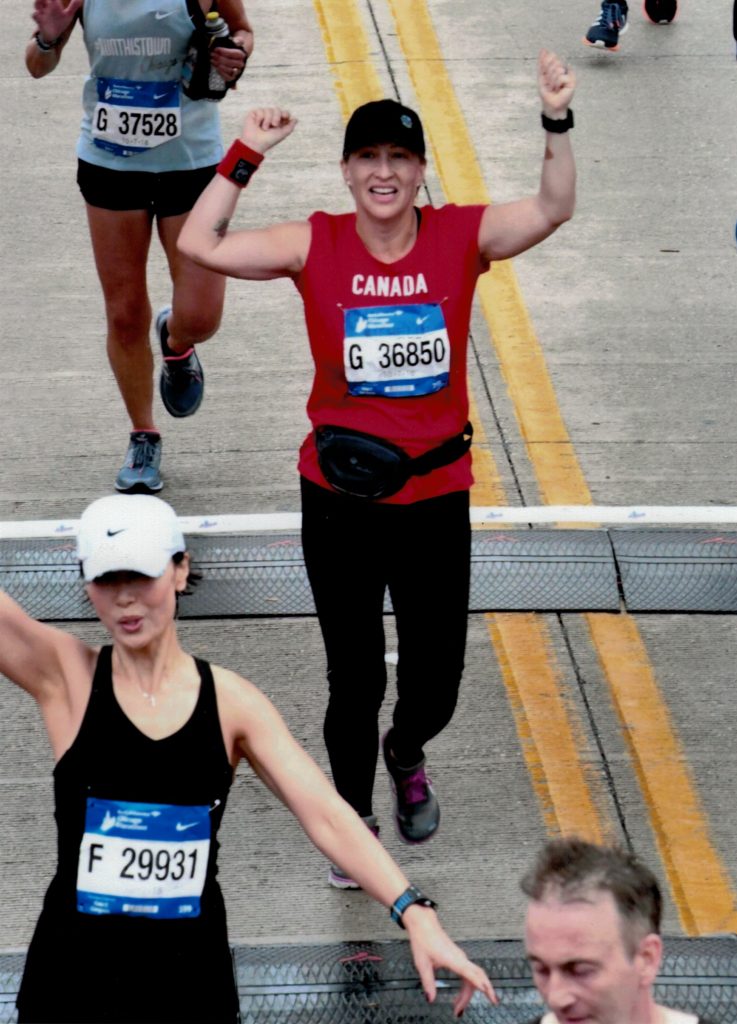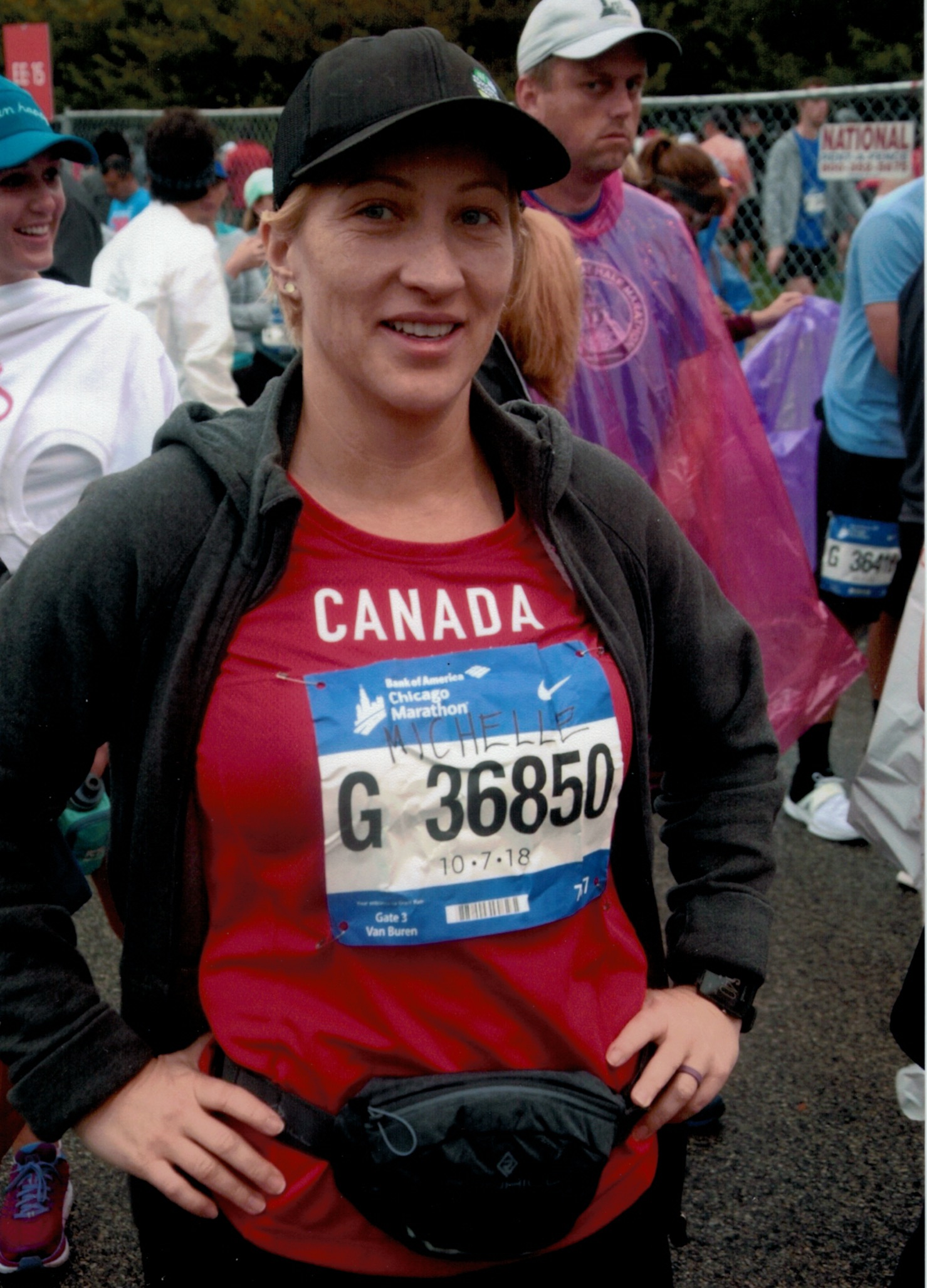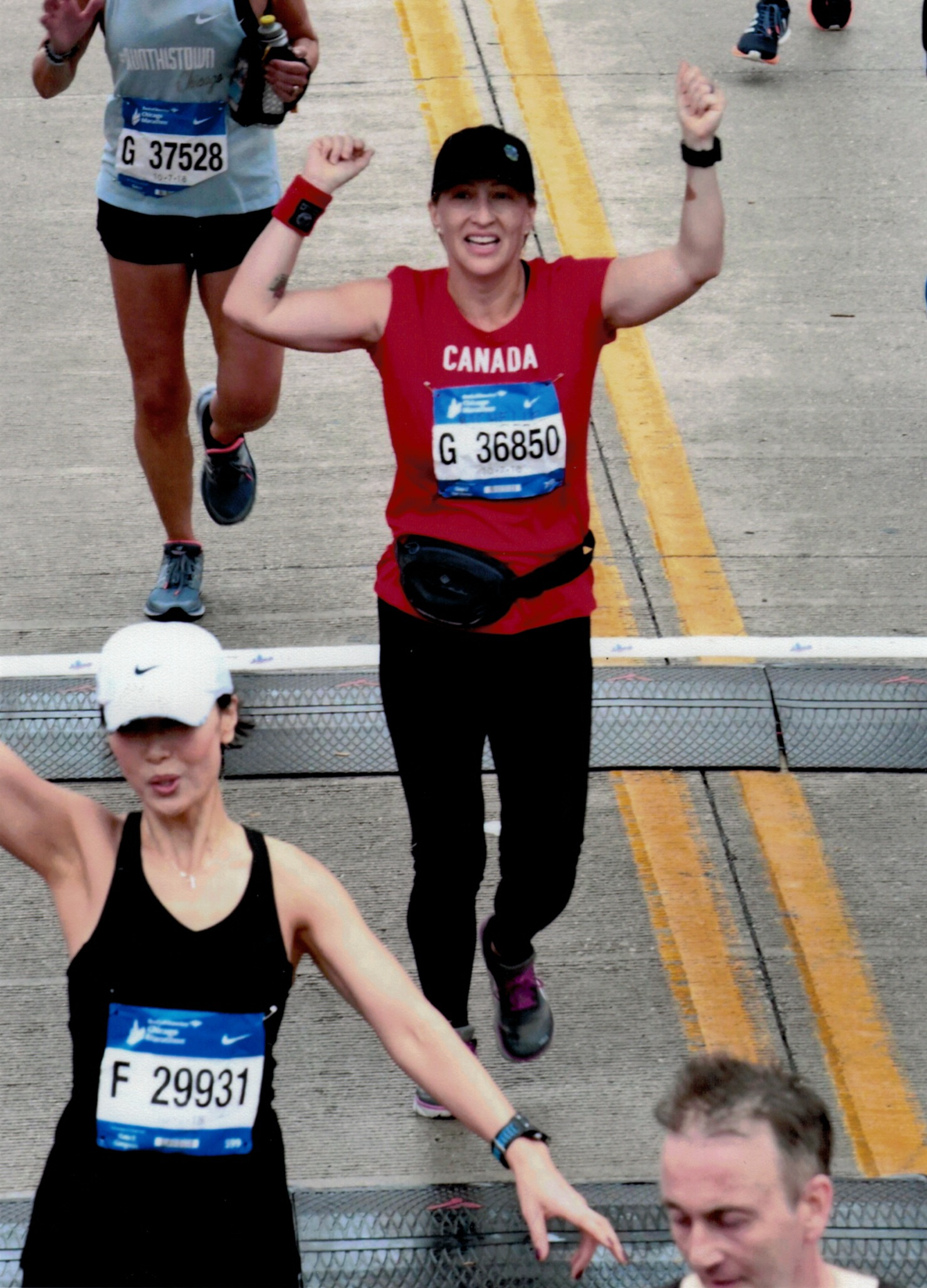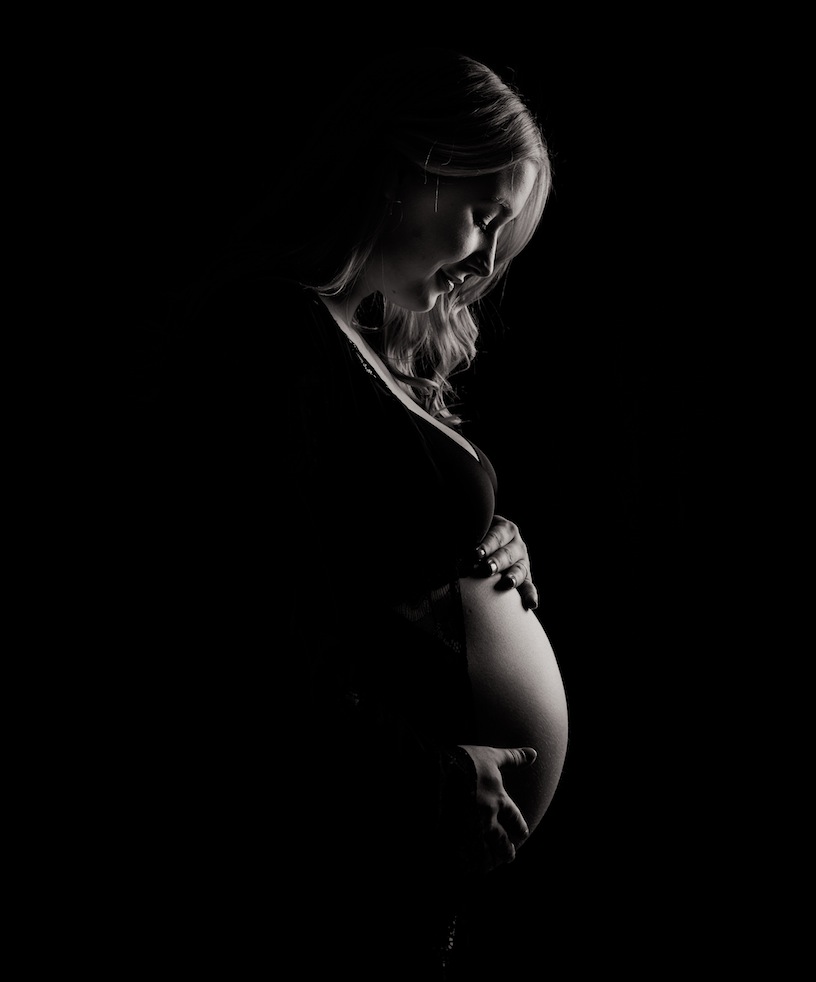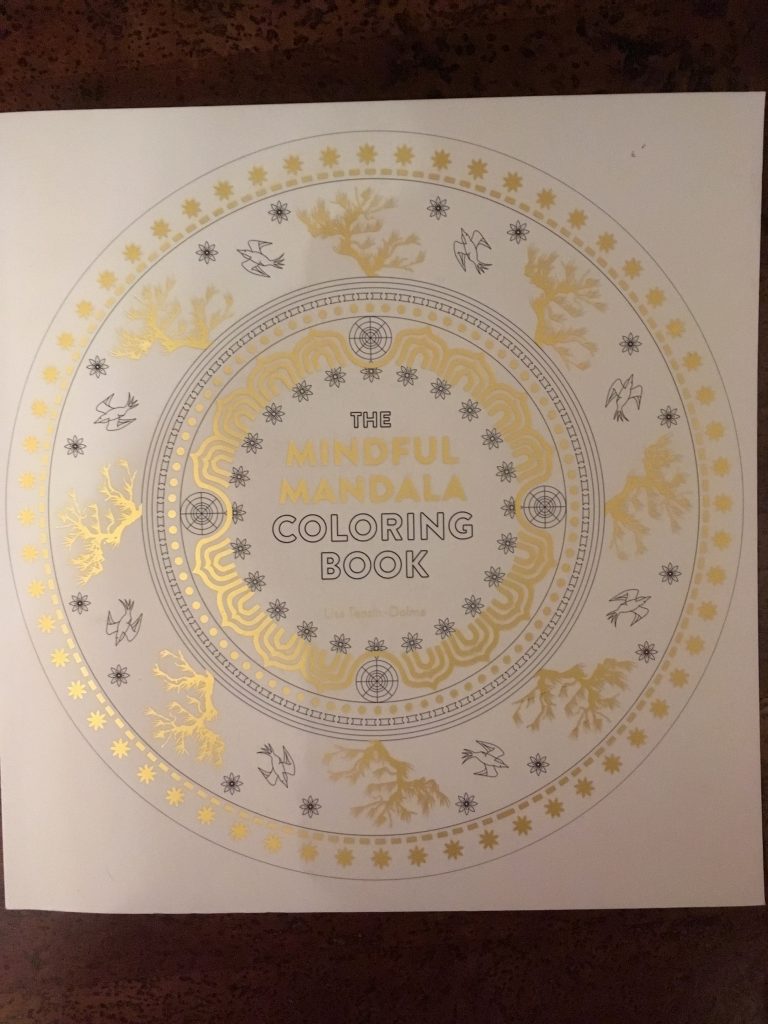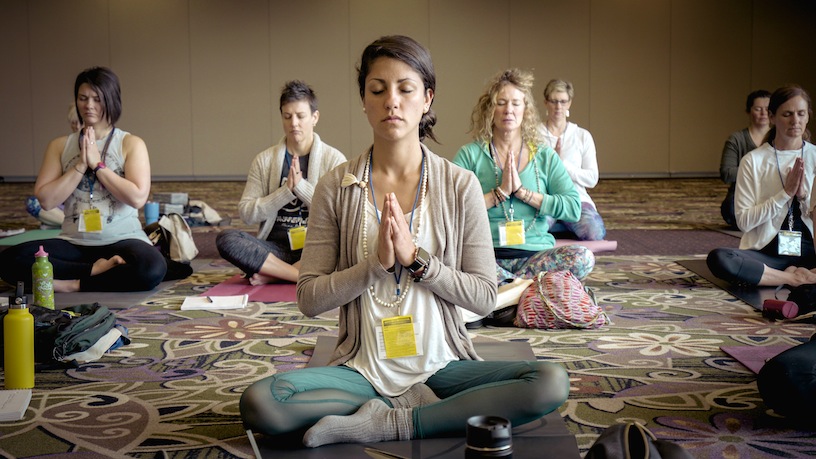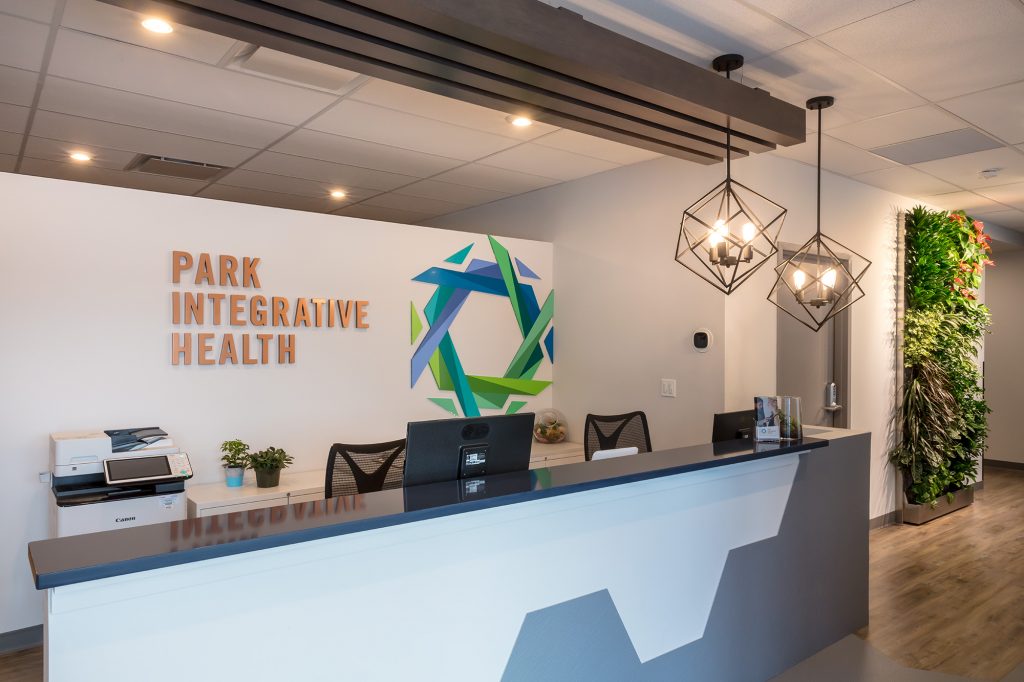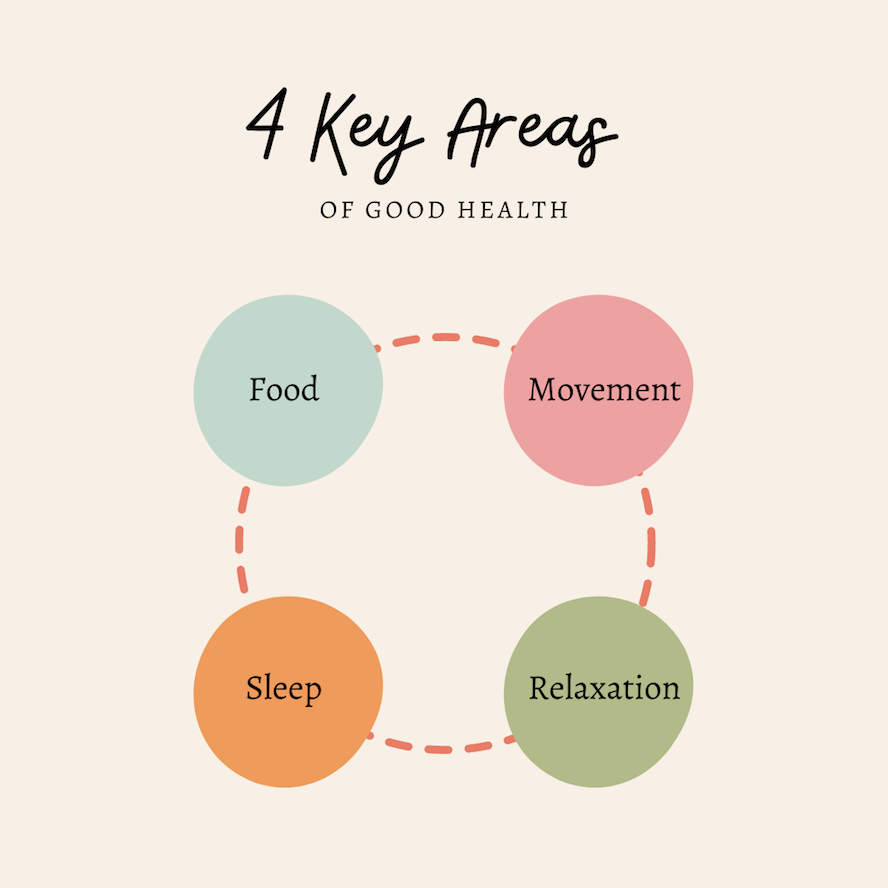
Modern life is having a negative impact on our health. Good health comes down to four key areas: food, movement, sleep, and relaxation.
Food: Eat fats, carbohydrates and proteins – whole and minimally processed. Eating more plant foods has many benefits including; lower blood pressure, triglyceride levels, glucose and waist circumference, which can translate to a lower risk of a number of different diseases, including heart disease and diabetes. Limit red meat to reduce heart disease and cancer. This could mean having it less often or eating smaller portions when you do. But include lots of plant foods on the side. And of course, limit junk food.
Movement: Include weight training/resistance, cardiovascular exercise (think something that gets you breathing a little heavier), stretching/mobility/self-myofascial release/yoga and balance training.
Sleep: It is recommended that for 18–60 years of age, seven or more hours per night; 61–64 years of age, seven to nine hours; and, 65 years and older, seven to eight hours. Some habits that can improve your sleep health include – 1. Be consistent – go to bed at the same time each night and get up at the same time each morning, including on the weekends. 2. Make sure your bedroom is quiet, dark, relaxing, and at a comfortable temperature. 3. Remove electronic devices, such as TVs, computers, and smart phones, from the bedroom. 4. Avoid large meals, caffeine, and alcohol before bedtime. 5. Get some exercise. Being physically active during the day can help you fall asleep more easily at night.
Relaxation: Just stepping away from something stressful for a few minutes or taking time away from your normal routines and thoughts can give you enough space and distance to feel calmer. We all have different activities that we find relaxing, for example, read a book or a magazine, even if it’s only for a few minutes, run yourself a bath, watch a film, play with a pet or try out a new recipe.
